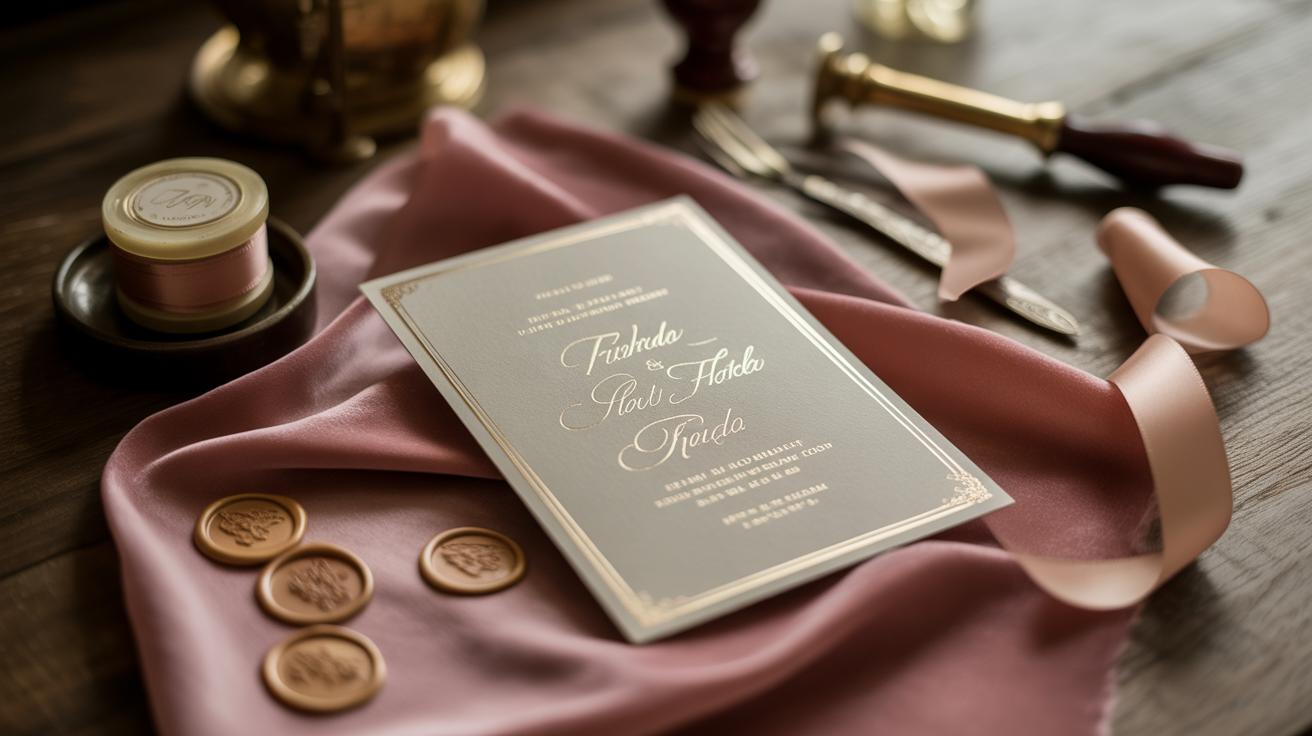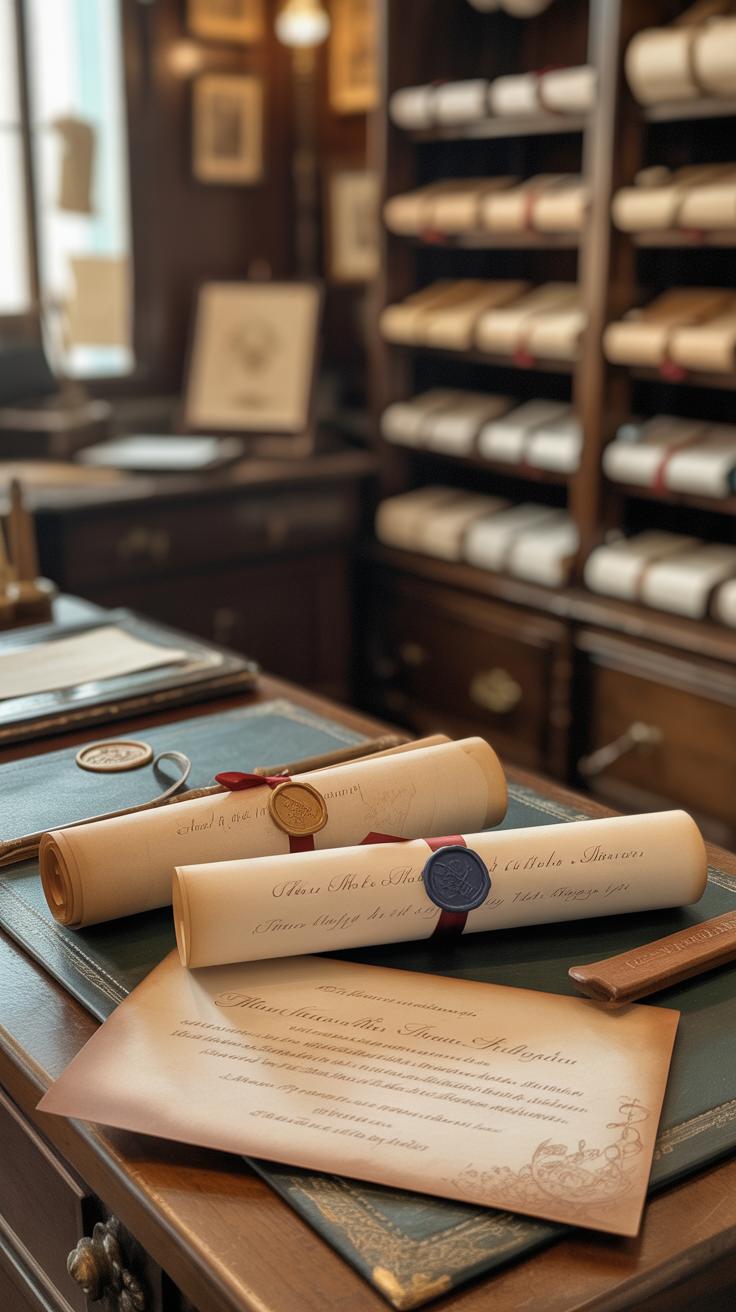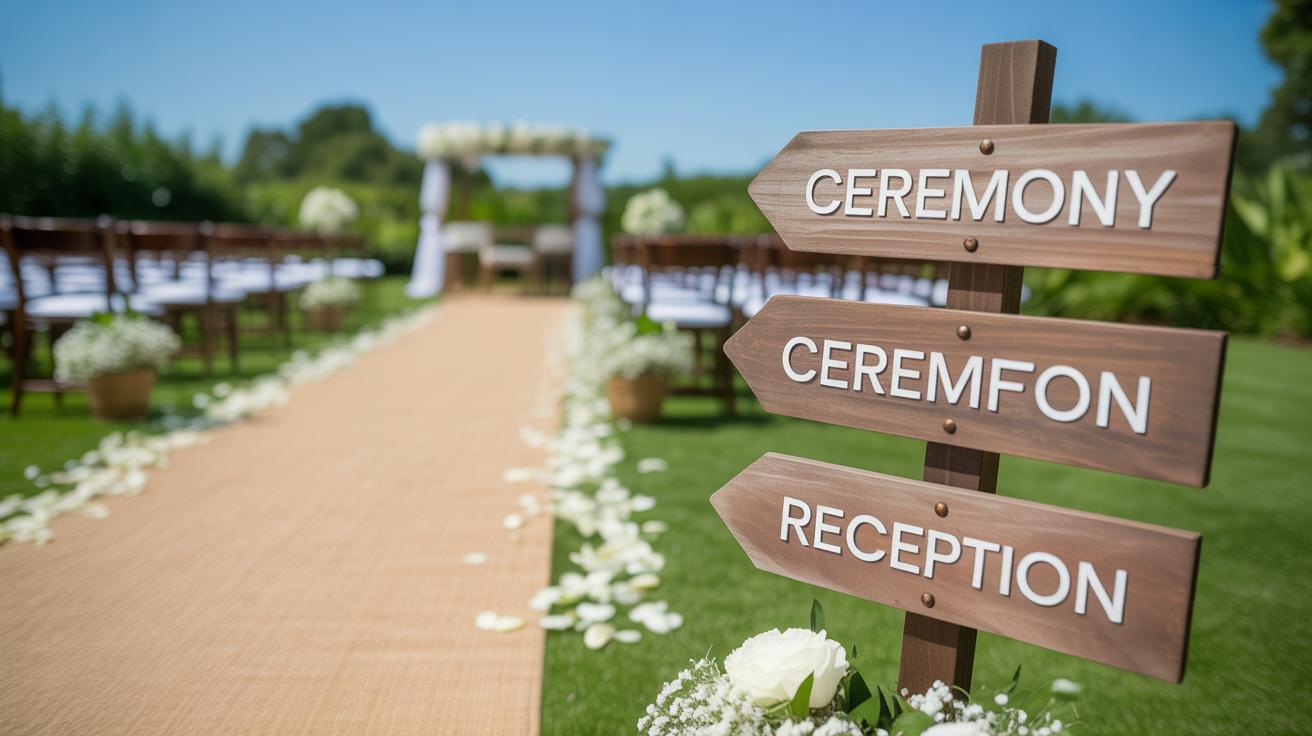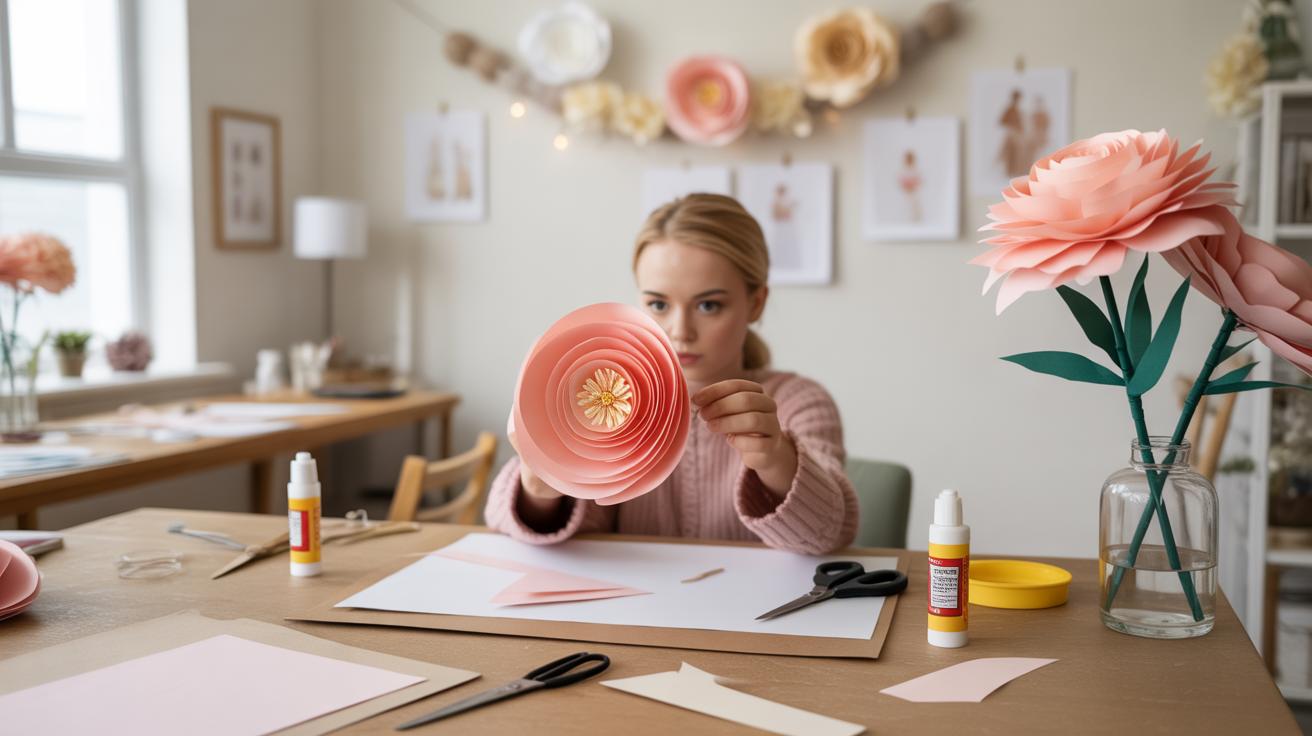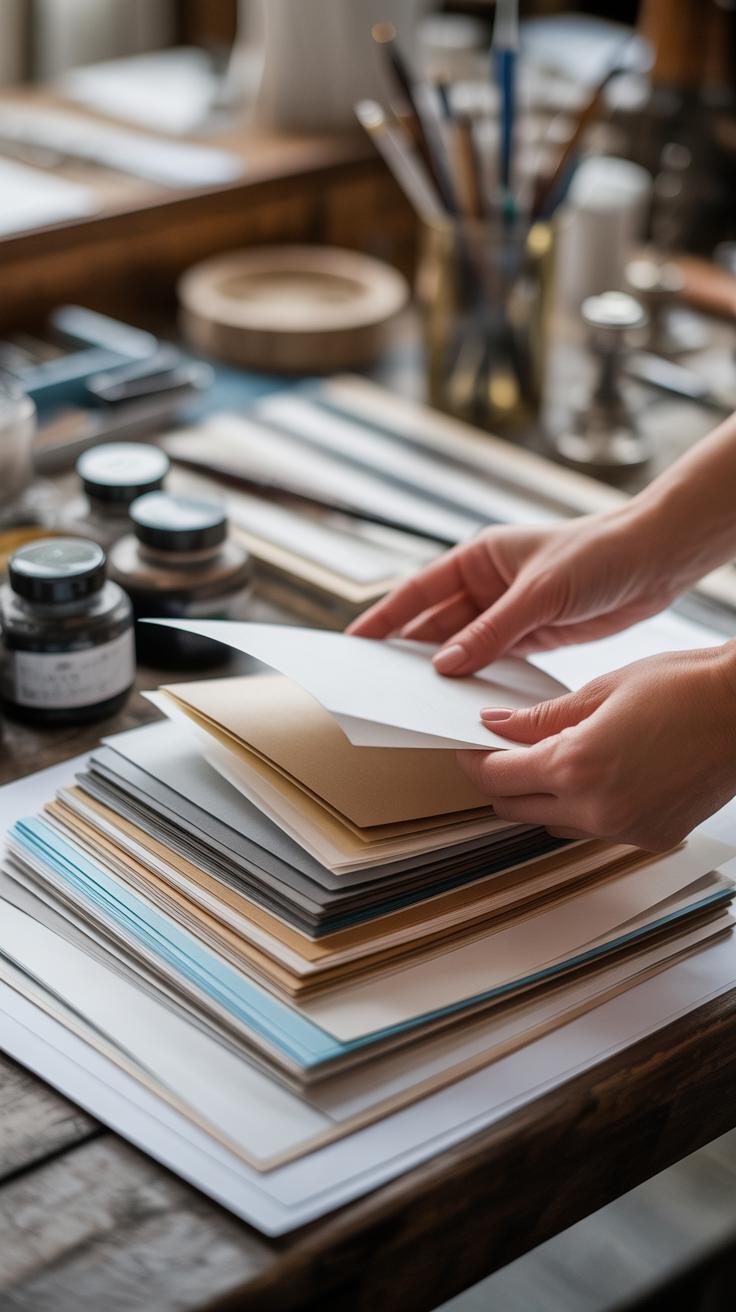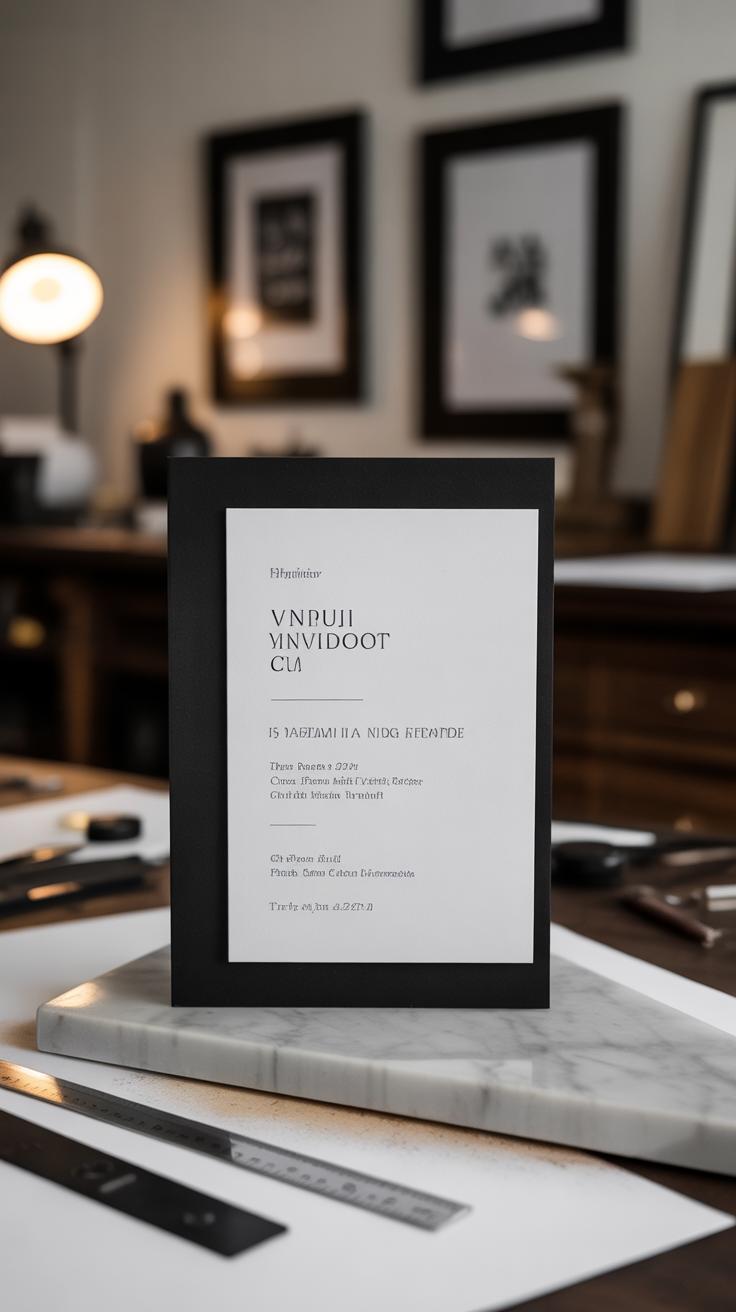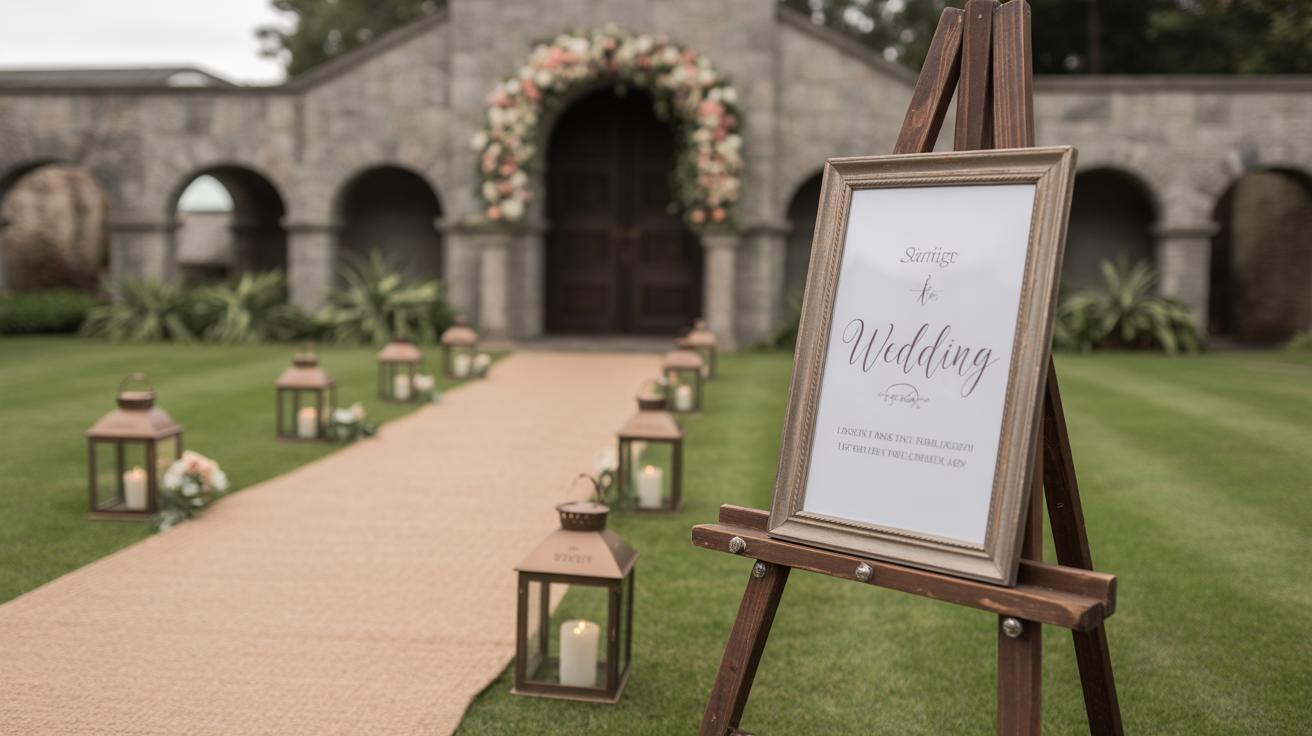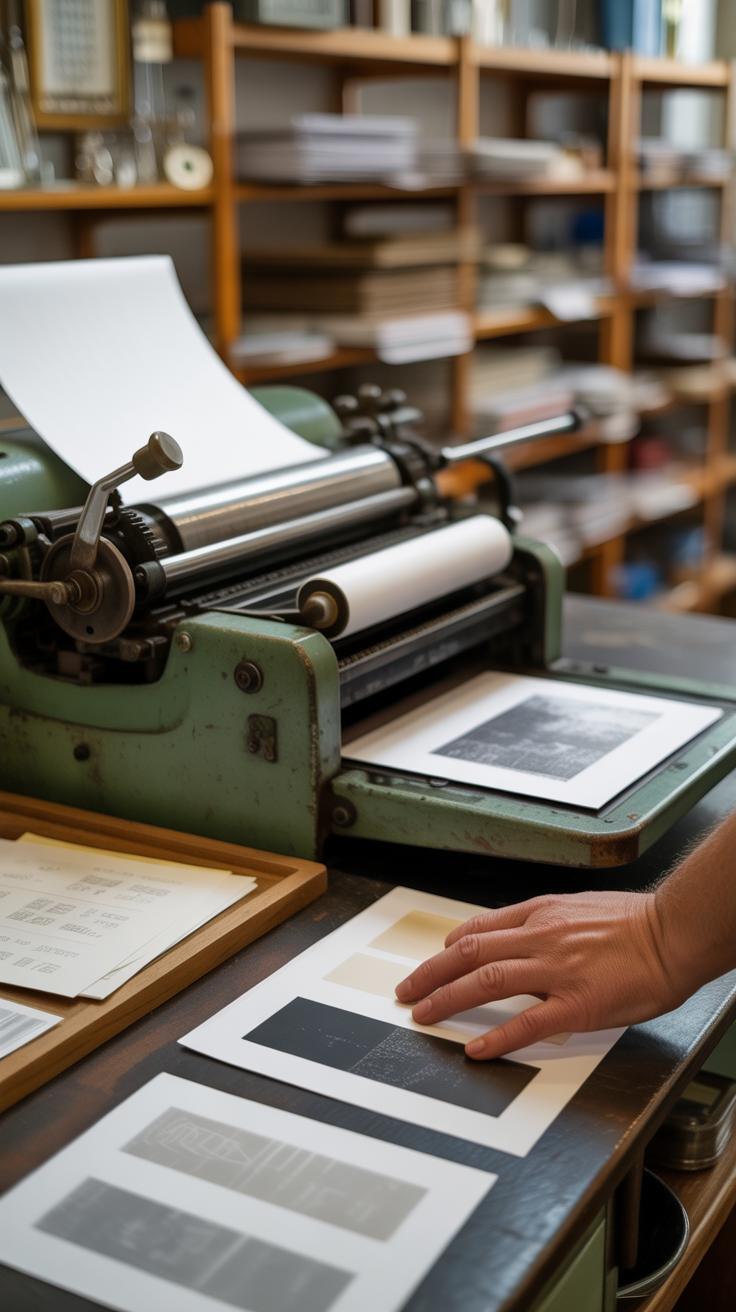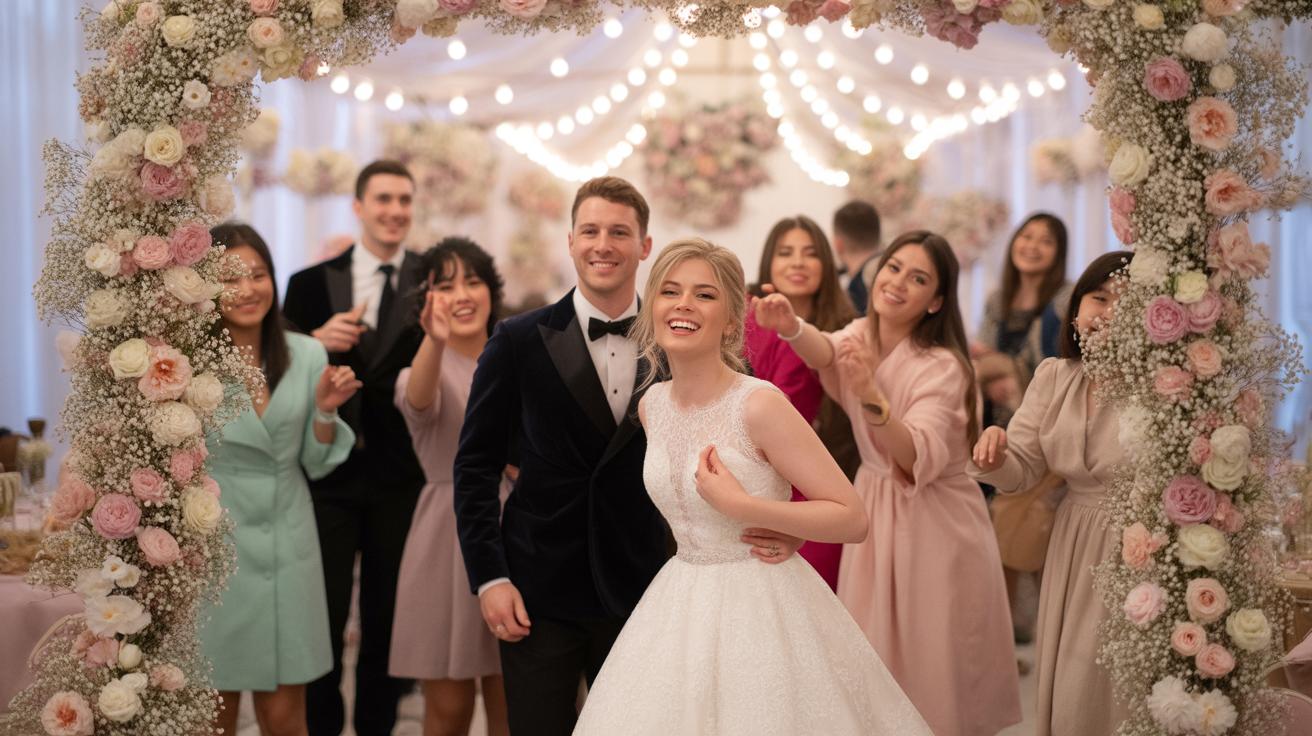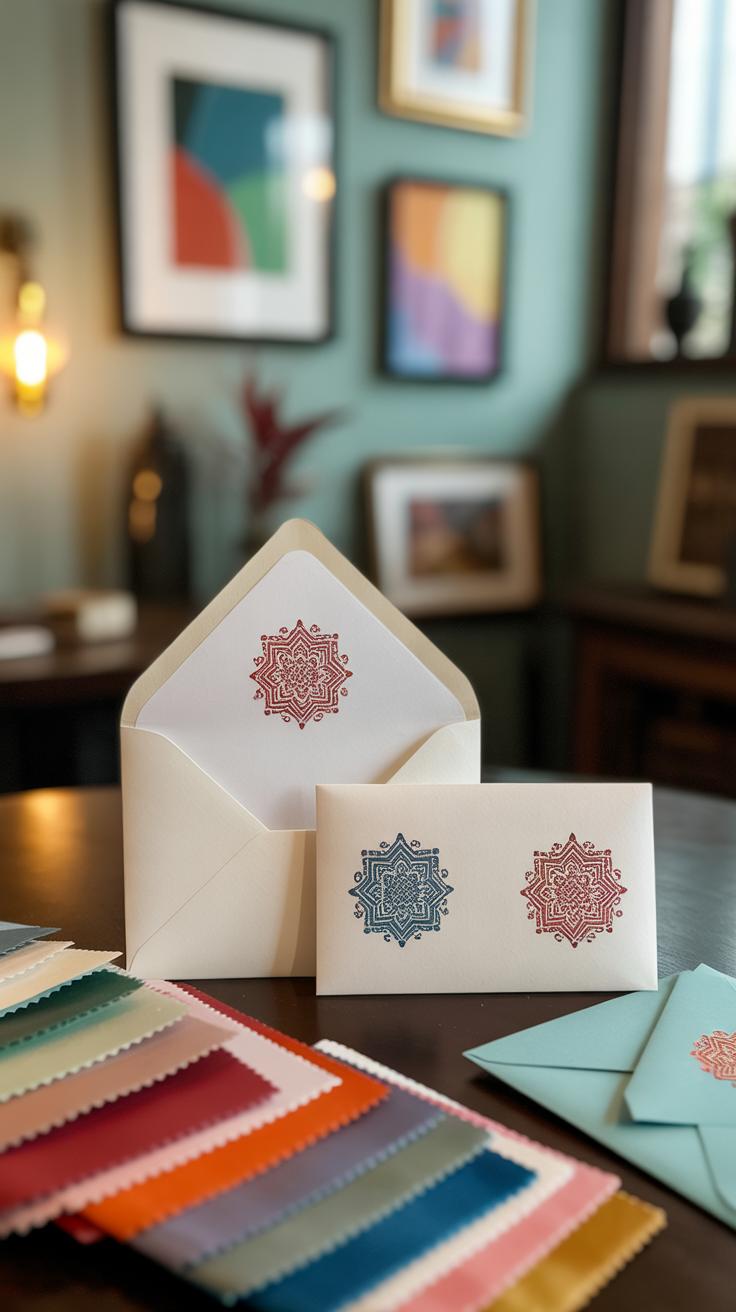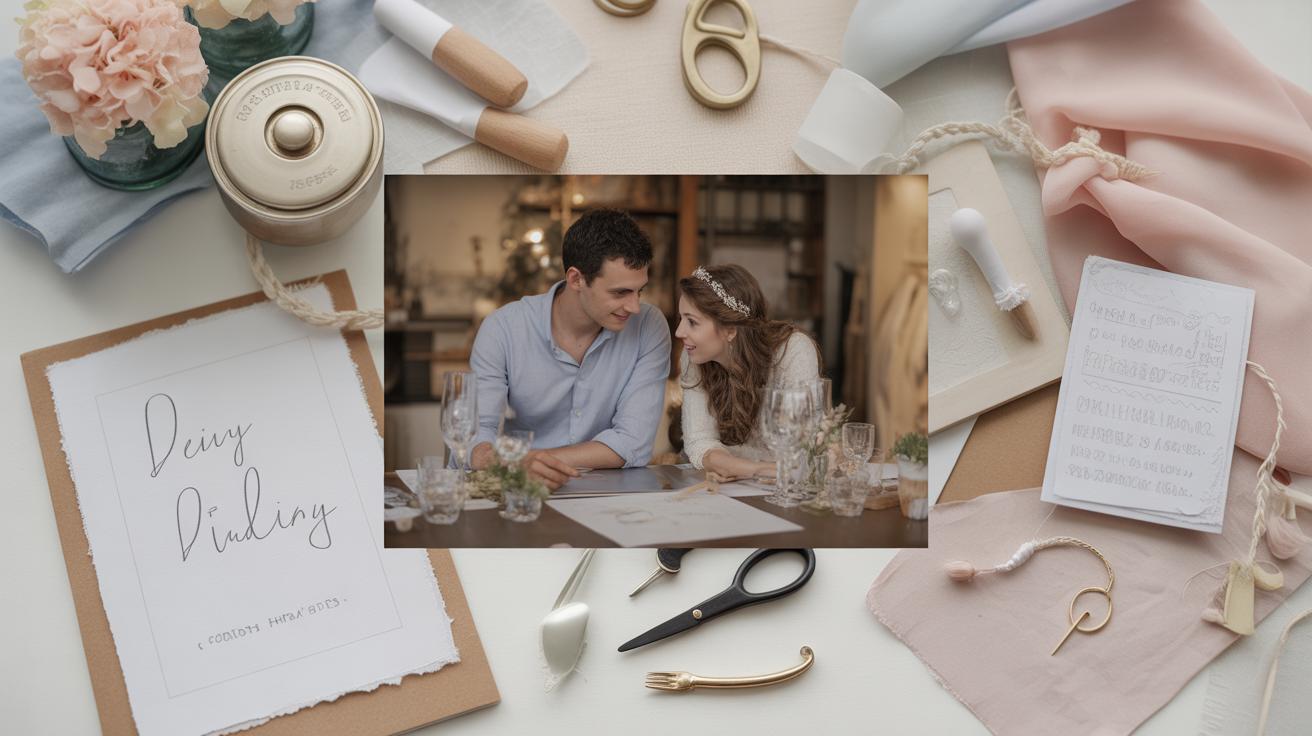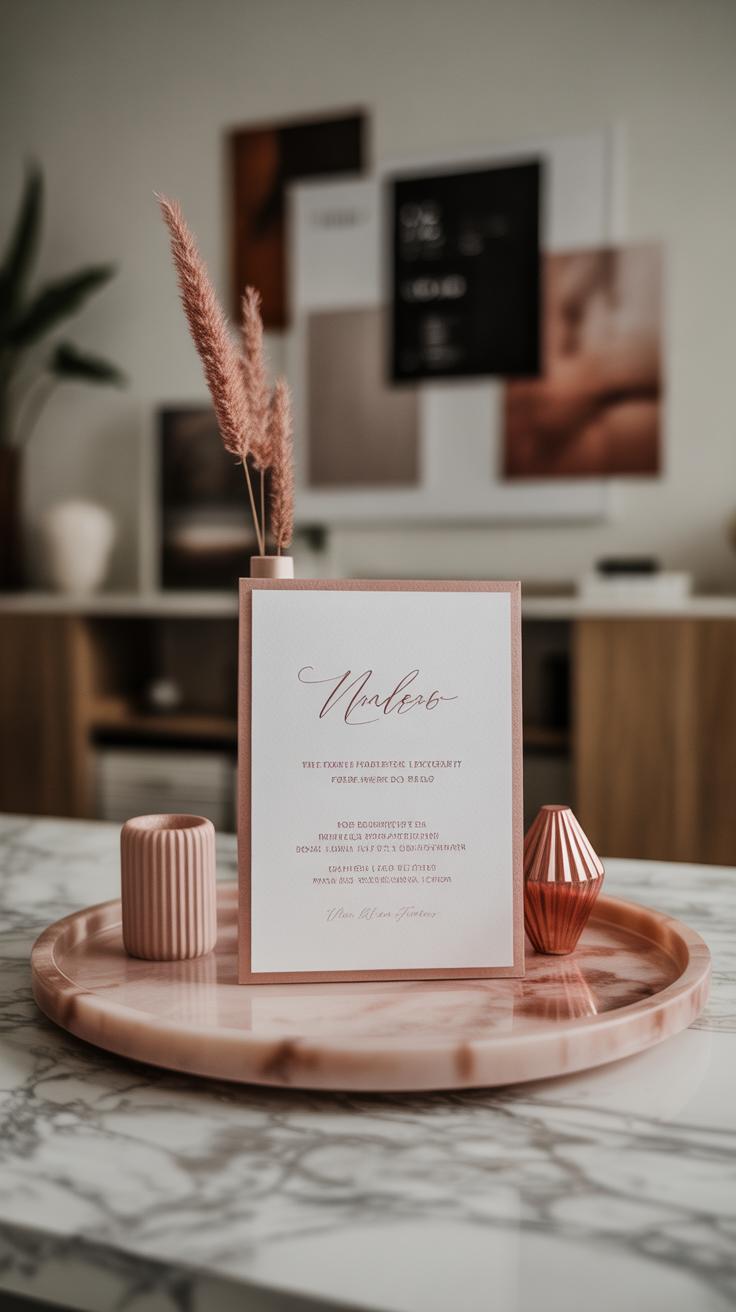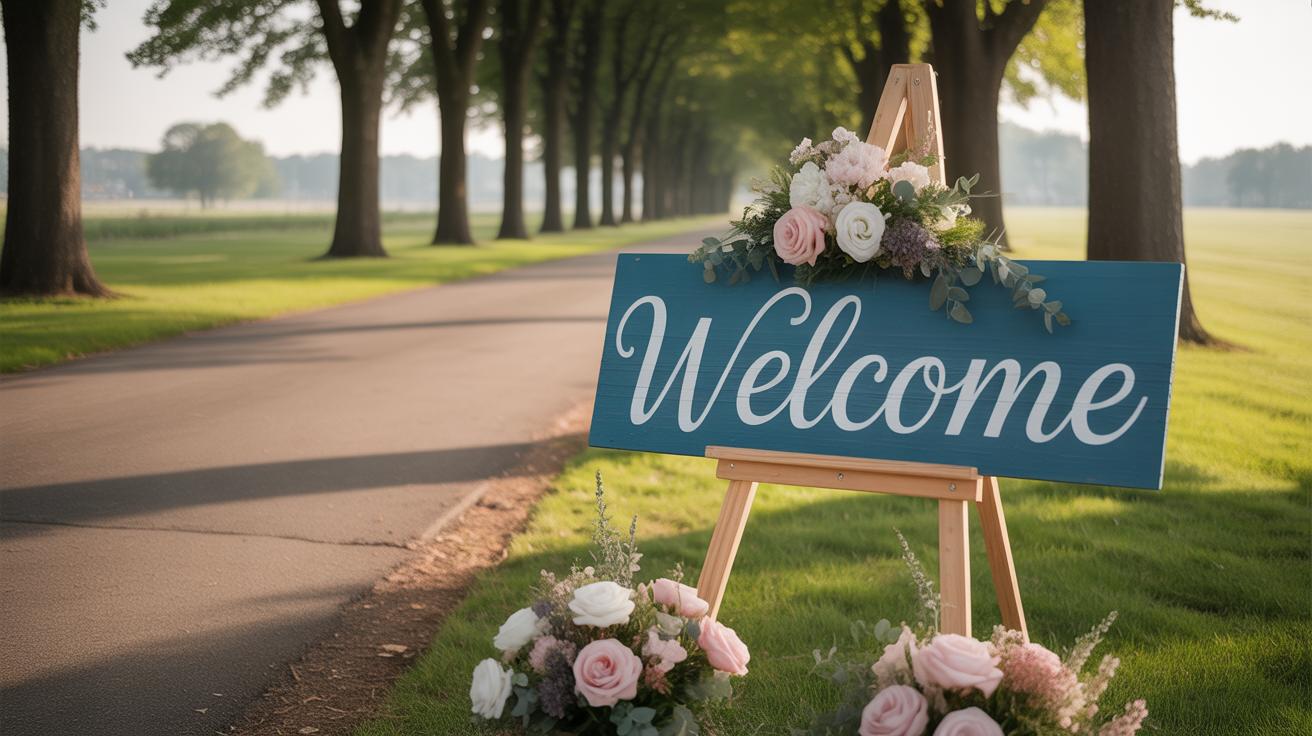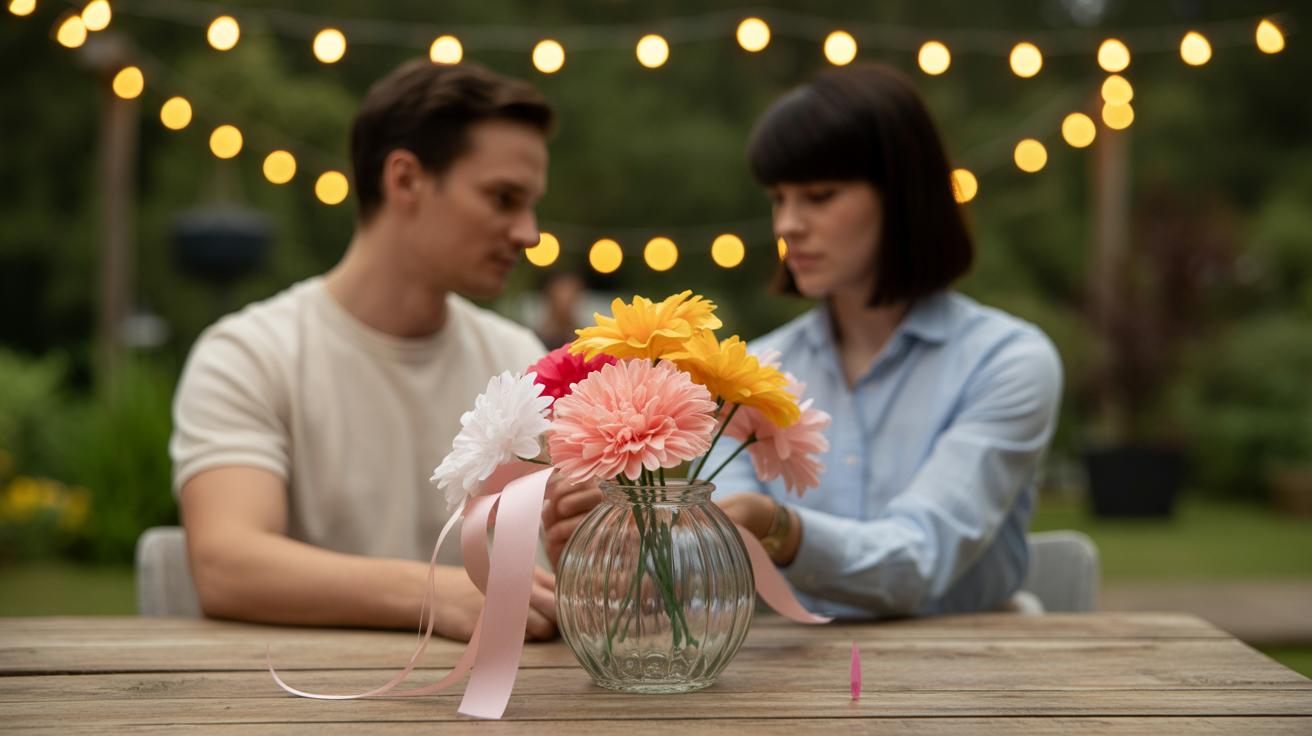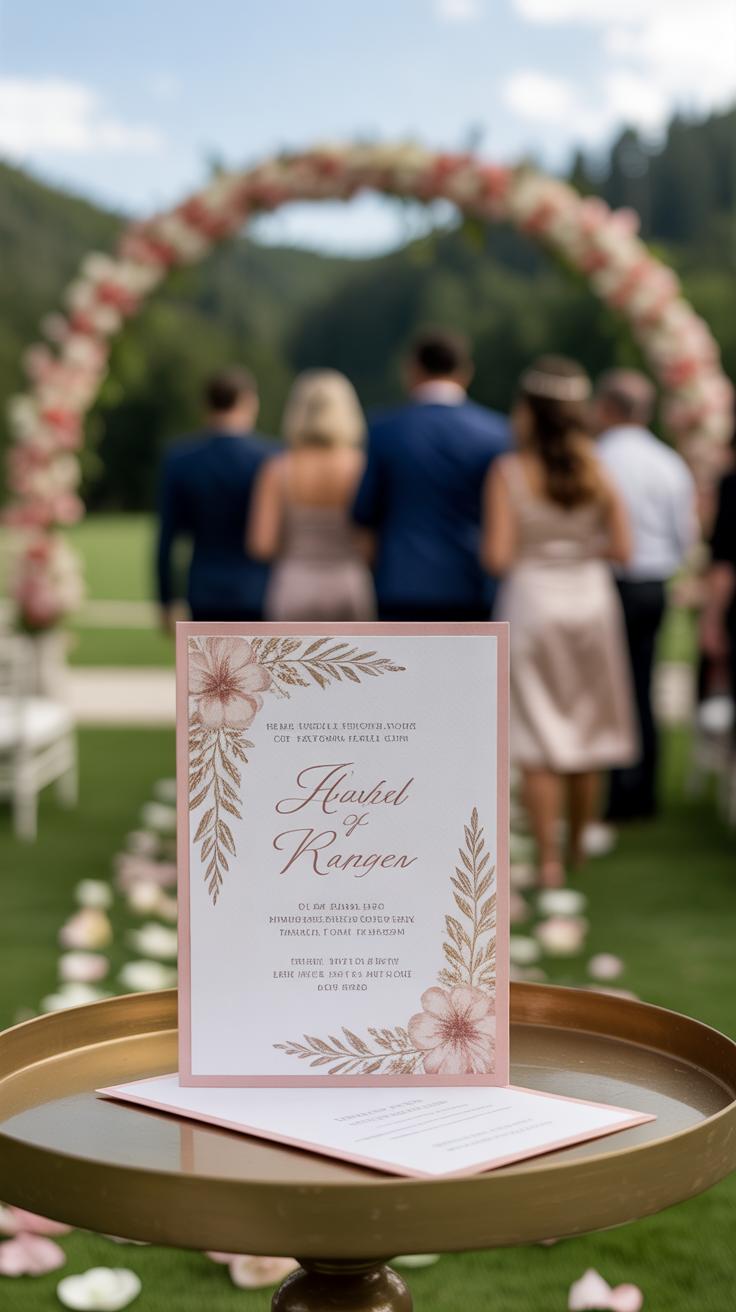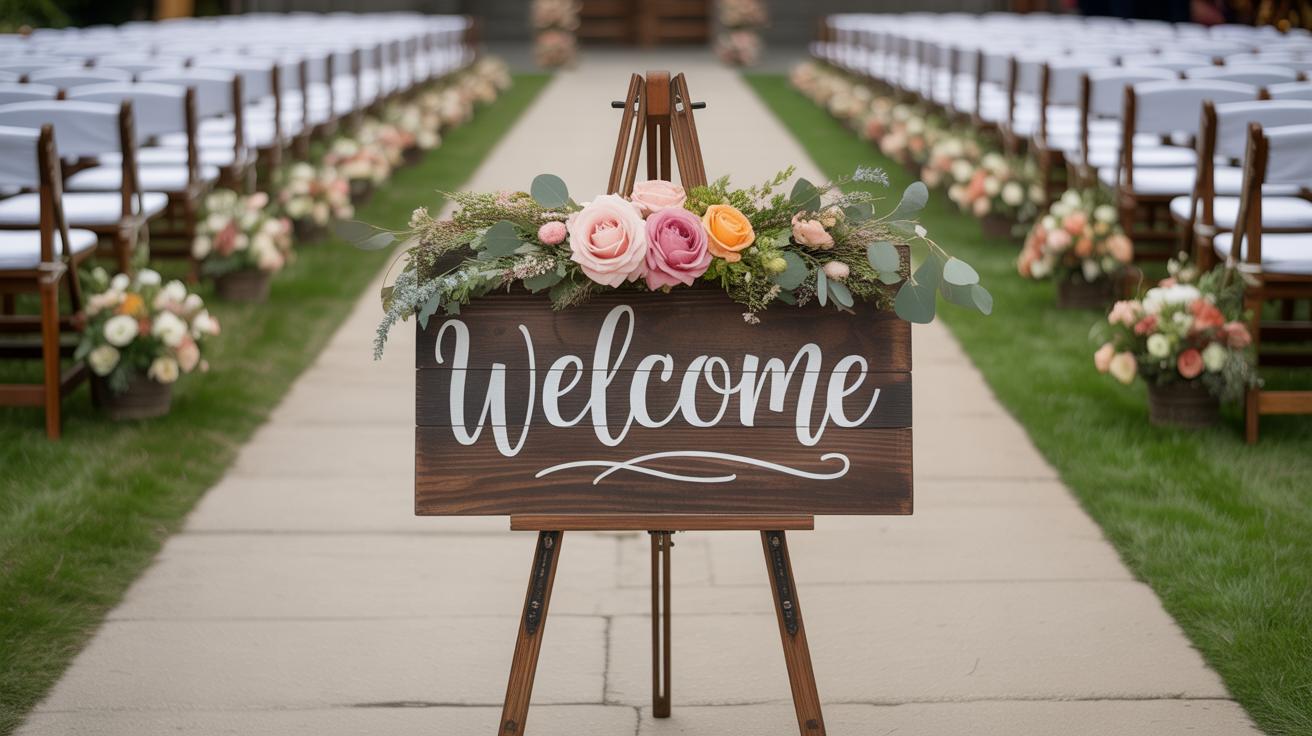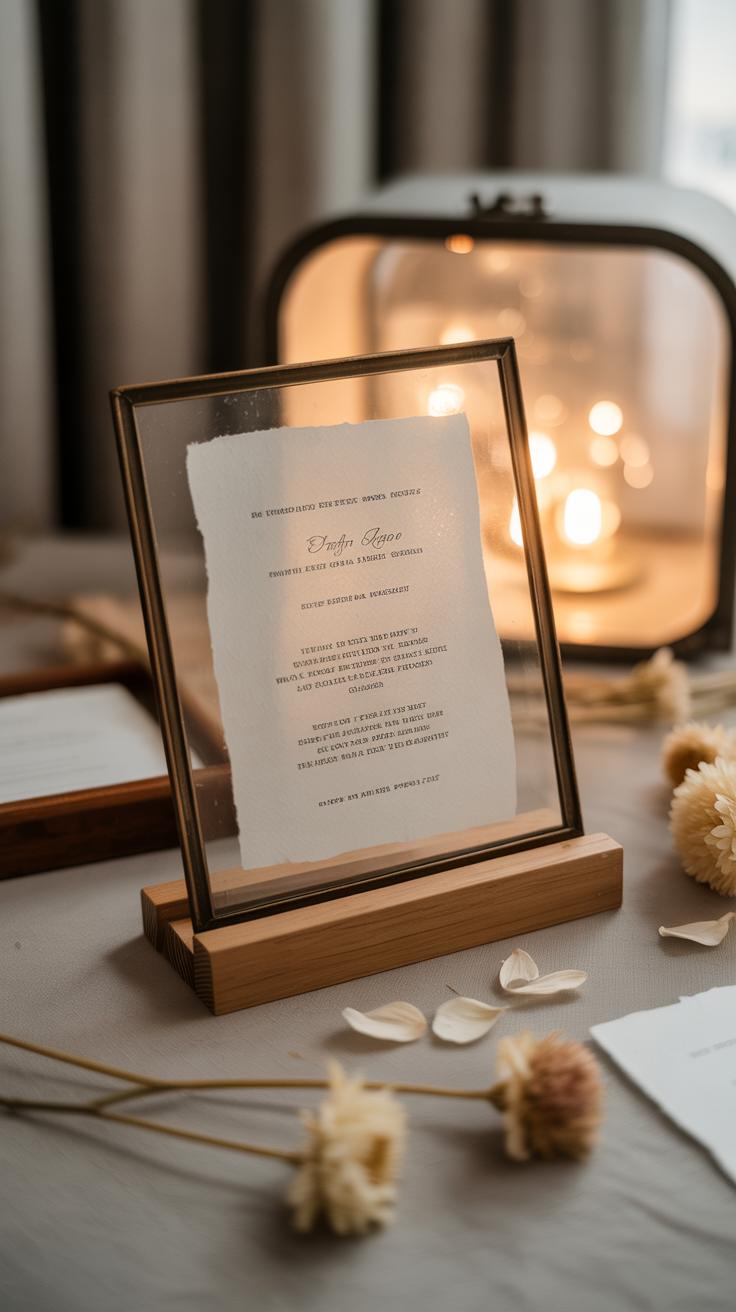Introduction
Wedding invitations serve as the first glimpse your guests get of your special day. Luxury wedding invitations combine style, quality, and timeless design to create an unforgettable introduction to your celebration. These invitations go beyond just informing—they set the tone and hint at the elegance and thoughtfulness of your event.
Exploring timeless designs for luxury wedding invitations helps you select the perfect style that remains classic despite changing trends. This article delves into the key aspects of designing and selecting invitations that captivate and impress, helping you create a memorable and sophisticated start to your wedding journey.
The History and Meaning of Wedding Invitations
Origins and Evolution
Wedding invitations have been around for centuries, though their form has shifted quite a bit over time. Originally, these invitations were made by hand, often by scribes or family members with fine handwriting. They were written on parchment or simple paper, sometimes sealed with wax. Sending such an invitation was a manual and slow process, fitting for tight-knit communities where everyone knew each other.
With the invention of the printing press, the process became faster and invitations started to look more uniform. Printing technology gradually improved, moving from basic ink to ornate designs and embossing. By the 19th century, engraved invitations became popular among wealthier families, turning these cards into small works of art.
Today, you can find wedding invitations made through digital printing, letterpress, and other artistic methods. The way invitations have evolved actually reflects broader changes in society, communication, and technology. It makes you wonder—do these shifts change how we feel about invitations themselves?
Symbolic Role in Weddings
There’s more to wedding invitations than just telling people when and where to show up. They carry a certain meaning. Invitations mark an official moment: a formal ask to witness a significant life event. For many, the invitation signals respect and intention, sometimes even setting the tone for the entire wedding.
They also act as a kind of social contract. Receiving an invitation means inclusion, a nod that you’re part of this important circle, however big or small. The invitation can reflect values, cultural traditions, or family histories, sometimes quietly, through text or design choices.
You might think an email would do the trick in today’s fast-paced world, but there’s something lasting about a physical invitation. It expects thought, care, and attention—qualities that match the seriousness of the occasion. And if you’ve ever received an especially elegant invitation, you might recall how it made you feel valued. Could something as simple as paper carry such weight?
Defining Luxury in Wedding Invitations
Luxury in wedding invitations goes beyond just a fancy look. It’s about the sense you get when you touch, see, and even hold the invitation. You might think it’s all about the price or the brand, but really, it’s the quality and details that set them apart.
The materials play a big role. Thick, textured paper or unusual stocks—like cotton or linen blends—create that weighty, substantial feel. Then there’s the printing: letterpress with its indented elegance, foil stamping shimmering subtly, or engraving that adds depth you can actually feel. These methods give the invitation character and a hand-crafted quality that digital prints rarely match.
Don’t overlook the small things. Envelopes lined with silk or printed with delicate patterns. Embossed or debossed monograms that catch light differently. Even the choice of ink—soft metallic hues or deep matte tones. And calligraphy—real, done by hand—breathes personality into the invitation, making it truly unique. These elements combine to create that unmistakable impression of care and refinement. So, luxury is less about flash and more about thoughtful execution that lingers in the mind long after the invitation is received.
Timeless Design Principles for Invitations
Keep It Simple and Elegant
When it comes to luxury wedding invitations, less truly can be more. Simple and clean designs stand the test of time because they don’t rely on fleeting trends or flashy embellishments that might feel outdated after a few years. A well-balanced use of white space allows each element—text, borders, any subtle graphics—to breathe. This spacing creates a sense of calm and refinement that draws the eye naturally.
Typography plays a huge role here. Choosing fonts that complement the overall simplicity without overcrowding the layout ensures that your invitation remains easy to read and inviting. I’ve seen invitations where a cluttered design makes it hard to focus, which is distracting rather than elegant. So, focusing on just a few key elements often results in a more memorable and sophisticated presentation.
Classic Fonts and Colors
Fonts and colors can be tricky, but sticking with classic styles almost always keeps an invitation feeling timeless. Serif and script fonts have a long history in wedding stationery, offering elegance that doesn’t scream for attention but rather invites a closer look. Sometimes, mixing a script for names with a serif for details works well. But be cautious—too many font styles can undermine the design’s cohesiveness.
Color palettes that avoid overly bright or trendy hues tend to endure better. Soft neutrals, rich blacks, navy, and gold tones have been trusted choices for ages. You might wonder if contemporary pastels or metallic inks fit in here. They do, as long as they’re muted and carefully applied. The key is subtlety. Over time, these combinations continue to feel appropriate, regardless of what’s currently popular in design magazines or social media feeds.
Choosing the Right Paper and Printing Techniques
When it comes to luxury wedding invitations, the choice of paper can make a surprising difference. You’ll find a variety of textures, weights, and finishes—each affecting how the invitation feels in your hands and how it presents your design. Think about thick cotton rag paper that feels soft yet substantial. Or perhaps linen-textured paper with its subtle weave adds a quiet sophistication. Smooth, heavyweight cardstock also works well if you prefer a clean, minimalist look. It’s tricky sometimes—thicker paper screams quality but might not pair well with certain printing methods.
Speaking of printing, the way your text and designs sit on the paper really shapes the invitation’s character. Techniques like engraving give a raised impression, offering a tactile dimension that’s hard to ignore. Letterpress presses the design into the paper, creating a charming indentation that feels vintage but remains quite elegant. Then there’s foil stamping, which adds a metallic shimmer that catches light—perfect for names or borders that you want to pop without overwhelming the whole piece.
Try to match the paper and print style carefully. For instance, foil stamping on very textured paper can lose sharpness, while a crisp engraving looks flawless on smooth cotton. The interplay between these choices will, quietly but surely, set the tone for your entire wedding suite. You might hesitate between them, and that’s okay. Sometimes, the best way is to order samples and hold them, seeing firsthand how each one aligns with your vision of luxury and lasting impression.
Incorporating Personal and Cultural Touches
Luxury wedding invitations become truly memorable when they tell a story beyond the usual details. Infusing personal elements lets your invitation feel unique, yet timeless. Think about subtle ways to bring in your history as a couple—like a custom monogram crafted from your initials or symbols meaningful to your relationship. These additions don’t have to scream for attention; sometimes the smallest motifs, discreetly embossed or foil-stamped, can carry the most significance. You might consider your favorite flower, a special date hidden within the design, or an emblem that reflects a shared passion.
When it comes to cultural elements, the challenge lies in honoring traditions without overwhelming the design. You can incorporate traditional patterns or colors in a way that complements, not overpowers, the overall style. For example, a delicate border inspired by heritage textiles or a classic calligraphy style linked to your culture can add depth without losing that elegant, timeless feel. It’s tempting to include every meaningful detail, but less often works better, preserving the invitation’s graceful simplicity. Respectful integration means understanding the symbols and their meanings, whether it’s a cultural motif or a ritual reference, to avoid clichés or misrepresentations.
Have you ever noticed how some invitations feel both deeply personal and universally elegant at once? That balance is tricky but rewarding. So, ask yourself: which story or tradition matters most, and how can it be shown quietly, yet meaningfully? Sometimes it’s these understated touches that leave the longest impression on your guests.
Modern Trends That Blend With Timeless Designs
Minimalist Modern Touches
Minimalism in wedding invitations may sound like it’s too simple for a luxury feel, but really, it can add a quiet elegance that doesn’t overpower the classic elements. Think clean lines, restrained typography, and plenty of white space. These minimalist touches let the core design—whether it’s traditional calligraphy or gilded edges—stand out more clearly. You might worry that minimalism risks feeling cold or boring. Yet, when done right, it looks fresh and thoughtfully curated, appealing especially to couples who want modern style without losing the invitation’s timeless quality.
For example, pairing a single elegant monogram with subtle embossing and a soft color palette can be surprisingly impactful. And using just a few words, carefully chosen, gives the text room to breathe. There’s something about less clutter that can actually highlight your story better. Have you noticed how some of the most memorable invitations draw you in simply because they show restraint?
Innovative Materials and Techniques
Luxury invitations can incorporate newer materials without losing their classic allure. Cotton or linen paper remains a favorite, but experimenting with finishes like suede touch or handmade paper introduces texture and interest. Metallic foils aren’t new, but foil colors beyond gold and silver—like rose gold or soft matte finishes—can refresh the look without feeling trendy for trend’s sake.
Also, printing techniques like letterpress and thermography once seemed traditional but have gained subtle updates. For instance, combining letterpress impressions with translucent vellum overlays creates layering that feels modern but still refined. And sometimes, adding unexpected elements like silk ribbons or wax seals in updated, understated ways gives the invitation a special tactile dimension. The key is balance—using these techniques sparingly to enhance rather than overshadow the design’s timelessness.
Would you consider subtle nods to technology within luxury invitations? QR codes embossed delicately, for instance, can link to your wedding website without looking out of place. The question is, how much modern is too much? Finding that line is part of what makes your invitations truly yours.
Practical Tips for Ordering Luxury Invitations
When planning for luxury wedding invitations, timing matters more than you might think. It’s wise to start the process at least three to four months before your big day. This gives enough room for design tweaks, proofs, and that unexpected delay—because they happen, just when you don’t want them.
Setting a budget for luxury invitations can feel tricky. You want quality, but you don’t want to overspend in a way that causes stress later. Think about what’s most important: is it the paper stock, the printing technique, or the embellishments? Prioritize these areas and accept minor compromises elsewhere. For instance, you might choose simpler envelopes or fewer insert cards to balance expenses.
Finding the right vendor is just as crucial. Look beyond the portfolio—read reviews, ask for samples, and test how they communicate. A vendor who keeps you in the loop makes a difference, though some flexibility is necessary when dealing with bespoke artisans. Don’t hesitate to meet them in person if possible, or schedule a call to discuss your vision and timeline in detail.
In short, plan early, budget thoughtfully, and pick vendors you trust to handle your invitations with care. Your invites set the tone, so getting this part right is worth the effort.
How Invitations Influence Guest Experience
Setting the Tone for Your Wedding
The invitation is often the first glimpse your guests get of your wedding. It doesn’t just share information, it whispers hints about the mood and style of what’s to come. For example, a thick, textured card with calligraphy suggests formality and tradition. Light, airy colors with whimsical fonts might hint at a more relaxed, joyful event. When you choose quality paper and thoughtful design, you’re inviting guests into a world that feels intentional and special.
But sometimes, a lavish invitation might set expectations that don’t quite match the event itself. It’s a delicate balance—what if the invitation feels grand but the setting is casual? That could leave guests puzzled or even disappointed. So, crafting invitations that really reflect your celebration’s spirit helps build anticipation without overpromising.
Enhancing Guest Engagement
Guests notice details, often more than you expect. When an invitation is clearly designed with care, it makes people feel valued, like their presence matters deeply. That feeling encourages them to respond quickly and look forward to attending. I’ve seen friends save invitations from weddings simply because the design felt personal and unique—it made them feel part of something rare.
Elements like embossed lettering, custom monograms, or delicate foil stamping add layers of interest. These enhance the tactile experience and create curiosity—almost like inviting guests to hold a piece of the celebration before it happens. When invitations evoke that kind of engagement, they do more than call people to an event—they build a connection that lasts until the day itself.
Preserving Your Wedding Invitations as Keepsakes
Luxury wedding invitations carry a special kind of weight—they hold memories before the day even begins. Once the celebrations fade, you might want to keep those invitations as tangible pieces of your story. But how do you ensure they don’t just end up tucked away and forgotten or worse, damaged over time?
Storage Tips for Longevity
First, think about where and how you store them. Invitations are delicate; exposure to light, humidity, and even the wrong kind of paper storage can cause fading or warping. Here are some straightforward ideas:
- Keep them in acid-free envelopes or boxes. These protect the paper better than regular cardboard or plastic sleeves.
- Store them in a cool, dry place away from direct sunlight. A drawer or closet shelf often works well.
- Consider using silica gel packets to absorb moisture if your area is humid.
- Don’t stack heavy objects on top of them—crushed invitations lose their charm quickly.
- If you can, avoid touching them too much; oils from your hands might discolor the paper or smear ink.
Honestly, it’s easy to overlook these details, but even small efforts can keep your invitations looking fresh for years.
Creative Uses for Preserved Invitations
Preserving isn’t just about storage—finding ways to display or revisit these keepsakes adds meaning. You might frame a particularly stunning invitation and hang it where you see it often. It turns something flat and paper-thin into a visual reminder of that day.
Another thought: include the invitations in a wedding scrapbook or album. Pair them with photos, menus, or little notes. Flipping through that book can bring back feelings and stories that photos alone sometimes can’t capture.
Some people even craft a shadow box with invitations, pressed flowers, or other small memorabilia. Each approach invites you to keep those aesthetics and memories alive in your home and heart.
Have you thought about what part of your invitation you’d like to revisit? The design, the wording, or maybe just how it felt to hold something made with such care? Whatever it is, preserving your invitations might surprise you by reconnecting you to the moments before you said “I do.”
Conclusions
Choosing timeless designs for luxury wedding invitations involves balancing elegance with personal style. Remember that quality materials, clear messaging, and design coherence with your wedding theme are critical. Your invitation should express your story while making your guests feel valued and excited.
By investing effort into selecting your invitations wisely, you craft a lasting impression that reflects the special nature of your celebration. Consider all aspects discussed—from paper quality to design trends—to ensure your invitations remain a cherished memory for you and your guests.

